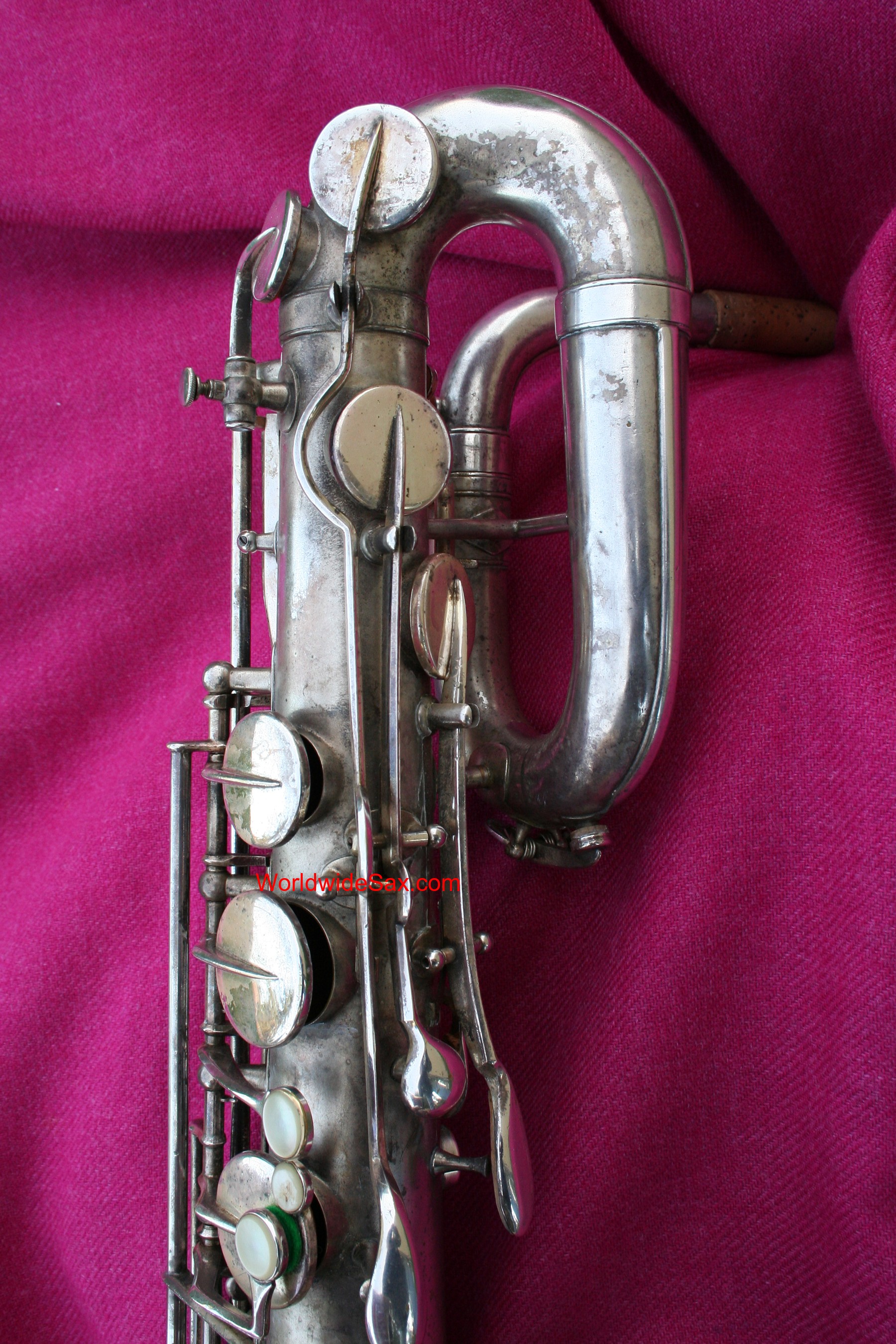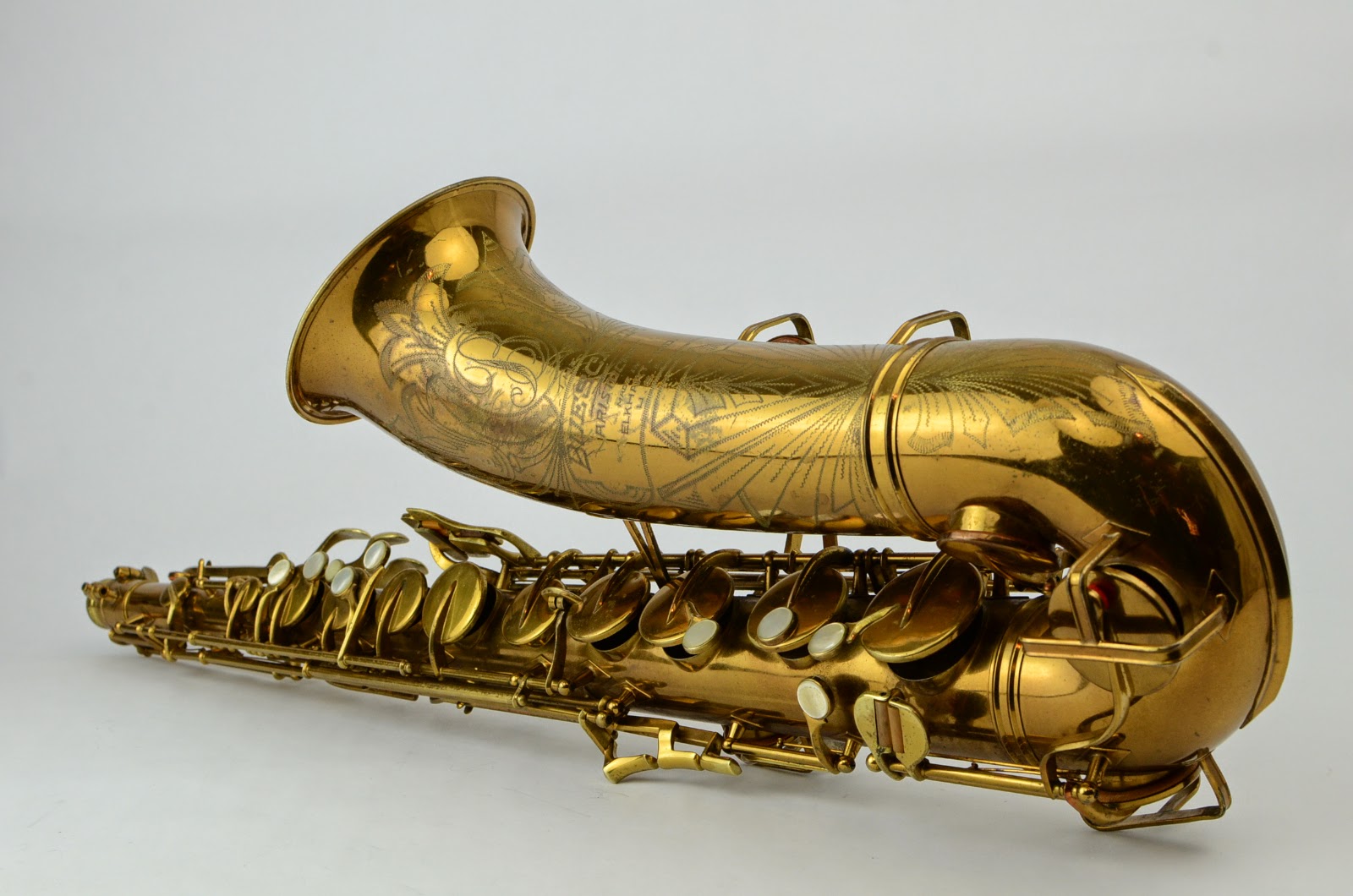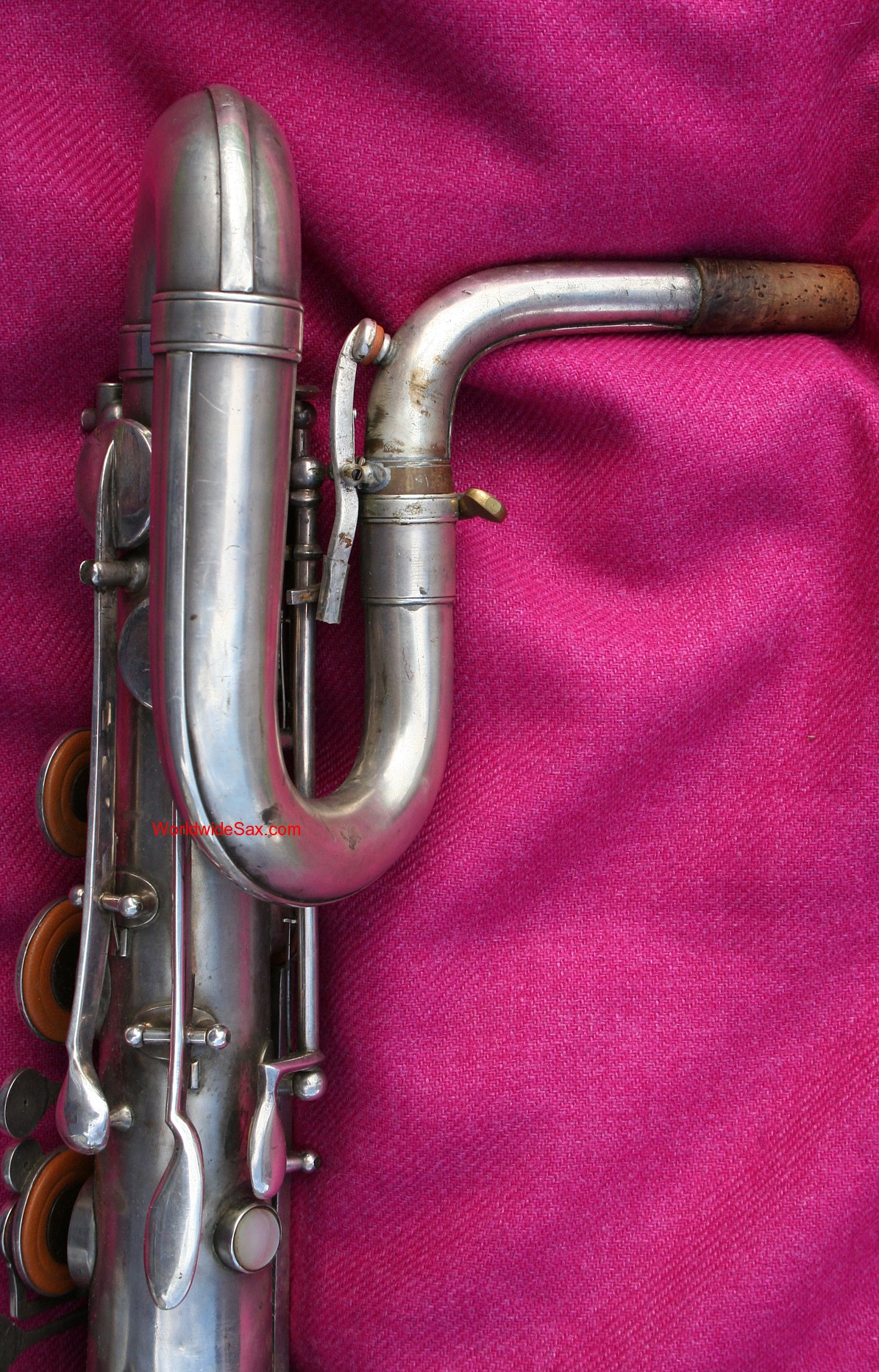
Want to try it out? Schedule an appointment. Whoever decides to make this horn theirs will certainly not regret it! "Top Hat & Cane" saxophones are some of the finest axes ever made and are also one of the best values in the vintage saxophone market.
#Value of a buescher tenor sax pro
It will have Pisoni Pro pads, and will still have the original snaps. It will be ready to go for a long life of playing.

Also worth noting is the Vito-21 model which was being made by Yamaha and eventually became the 23 model. The 31 and 61 were the predecessors to the now very popular YAS-23 and YTS-23. This horn is currently getting a complete mechanical overhaul. These very first ones were the student models YAS-31 and 61 (Yamaha Alto Saxophone) and the YTS-31 and 61 (Yamaha Tenor Saxophone). There is a normal amount of lacquer loss from use over the years and some minor solder repairs here and there. Physically, this horn is not a museum piece, but is in nice overall shape for being just over 70 years old. This horn certainly delivers on the above mentioned! 'SaxPics', 'The Vintage Saxophone Gallery', and 'The Source for Saxophone Information' 2016 USA Vintage Horn Corp. They have a beautiful and warm lushness to them and can also scream and bite when you push them. These horns are truly beautiful pieces of art as well as incredibly well-playing saxophones.īuescher 400's from this era are some of the best examples of american-made horns and are known for their powerful, round and punchy tone. This beautiful engraving on the 400's is further augmented by the silver "Buescher" script on the bell and the silver band on the backside of the bell flare. The 400 model was known for its elaborate engraving, which featured a top hat and cane above a castle that overlooks a spruce tree-lined lake, along with floral ornamentation to fill out the rest of the bell.
#Value of a buescher tenor sax professional
The 400 was the top of the line, professional model produced by Buescher in Elkhart, IN during the pinnacle of American Saxophone production in the 1940's. They were very expensive new, which is probably why this keywork is not on most saxophones today.Here is a nice Buescher 400 "Top Hat and Cane" tenor saxophone. You would be very hard-pressed to find a better example of the Leblanc System Rationale Tenor saxophone out there for sale. The neck is beautiful and undamaged, the body tube is perfect, as is the bow and bell flare.

It’s like 1mm, and the bell key pads still seal ok, so maybe it was made that way. The only sign of any damage I can see is a very slight impression from the bell brace inside the bell. It is also very well-made.This tenor has basically no wear. This means you have more control over the tone and timbre of the horn than you would have on any other saxophone.


The idea of the rational system of keywork after which this horn is named, is that each note has better venting, and most of the stack keys have multiple alternate fingerings available. The Leblanc System Rationale tenor saxophone is an outstanding player too. It Includes some goodies in the case even – both original case keys, and a copy of a newspaper article about Vito Pascucci (who sold this) – ‘consistently voted one of the best-dressed men in America’ – haha. This one is nearly pristine! It plays well on original pads, and is in superb condition with almost no signs of lacquer wear. Wow – you never see a Leblanc System Rationale tenor, and even the altos are very rare.


 0 kommentar(er)
0 kommentar(er)
